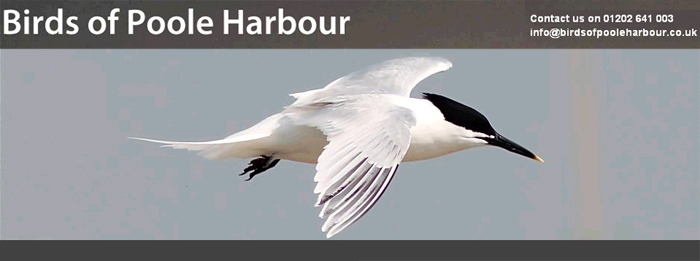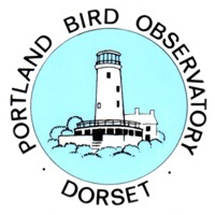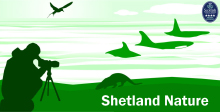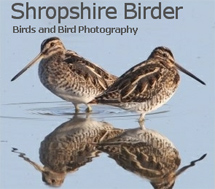Weekly round-up: 28 Aug - 3 Sept 2013
Another week chalked up on the 2013 birding clock and another week of considerable interest as shorebirds and fall birds remained high on the list of avian goodies that popped up across the cusp of September.
The predicted grotty weather ~ a moderately strong pulse of westerlies and heavy bursts of rain ~ scudded across northern areas across much of the weekend while, in stark contrast many areas in England, particularly in the south and east, enjoyed clear blue skies and warm sunshine ~ sunshine that seems set to increase as we head in to the first full review week of the new month.
After the incredible array of fall species and drift migrants that littered themselves along the British east coast last week (the best collective showing since The Jam had passed the peak of their powers ~ that’s some 30+ years or so ago to all you Directioners out there…) it was always going to be a little bit of a struggle to see the birding energy levels maintain such a high tempo, but those continental drifters continued to come and, as was mentioned at the end of last week’s round-up, the predicted occasional seabird and Nearctic shorebird did indeed make their presence felt to keep things rollin’ along.
If you flick through the dictionary and alight on the word “symmetry” you may come across the following definitions…
a vague sense of harmonious and beautiful proportion and balance
Or….
an exact mathematical "patterned self-similarity" ~ which, with my Grade 3 CSE maths, is a bit of struggle to understand to be fair, but I get the drift.
Anyway…symmetry can be a wonderful word in the world of rare birds in Britain and this week’s lead off bird oozes the stuff….
August 31st 1954 was the day that schoolboy birders Peter Waterton and Edward Jackson found Britain’s first-ever Stilt Sandpiper alongside the Humber Estuary, on marshy land at Kilnsea (East Yorkshire). August 31st 2013, just a year shy of the Diamond Anniversary of that particular British first, saw the 47th record for Britain and Ireland appear at Neumann’s Flash in Cheshire.
Lovely stuff!
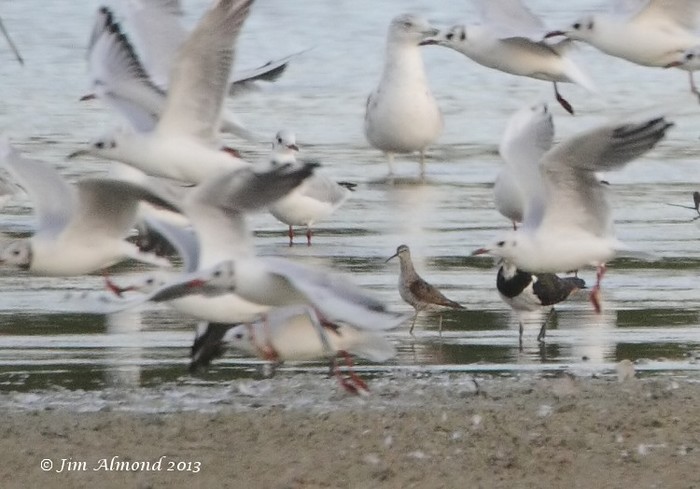
Of those 47 records, 16 have appeared in August and this is the second year in a row that the species has appeared here in the month ~ last year an adult arrived in Northumberland (and in 2011 one was in Dorset for several days from the end of the third week of July). Indeed, there have been six August Stilt Sandpiper records in the last decade, who knows just how many birds are involved though as there may be some reappearances involved here….
This becomes the second record for Cheshire ~ the first famously came along in April 1984 at Frodsham, sparking a massive weekend twitch ~ but there was no need to hurry as it turned out, the somewhat dowdy first-summer bird lingered for 171 days, departing on October 3rd and both of the northwestern county’s birds, from the school of ’84 and ’13, both popped in to Sandbach Flashes too ~ this year’s individual doing a bunk from Neumann’s during the morning of 2nd, spooked by a Sprawk and settled at Sandbach to 3rd.
Yes, we do like a bit of symmetry over here in Roundup Corner….
As mentioned above, there have been 16 records of Stilt Sandpiper in August and 16 is also now the number that features in terms of the number of records in the last 10 years (though one of those was thought to be a relocator ~ the juvenile on South Uist in September 2008 moving south to the Isle of Man and then across to Cumbria).
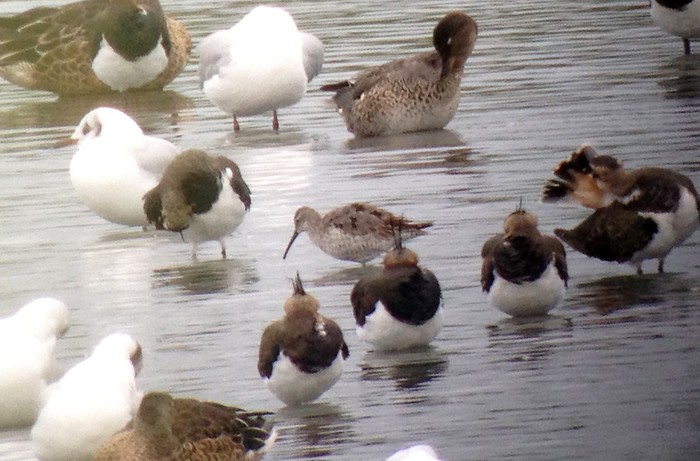
There have been 18 records for the 2000’s as a whole, comfortably the #1 decade for Stilt Sandpiper records ~ with “double years” being 2002, 2003, 2005, 2006 and 2009, while 2008 scored three (the aforementioned roaming juvenile, along with adult summers in Leicestershire in May and then Gloucestershire in August).
In marked contrast to the 2000’s, there were only four records through the 90’s, including a gap between birds from September 1991 to September 1997, while 11 were accepted for the 1980’s (including up to three in both 1988 and 1989). There were five birds during the 70’s and the 1960’s collected seven, while that Kilnsea first takes us all the way back to where we started on August 31st 1954.
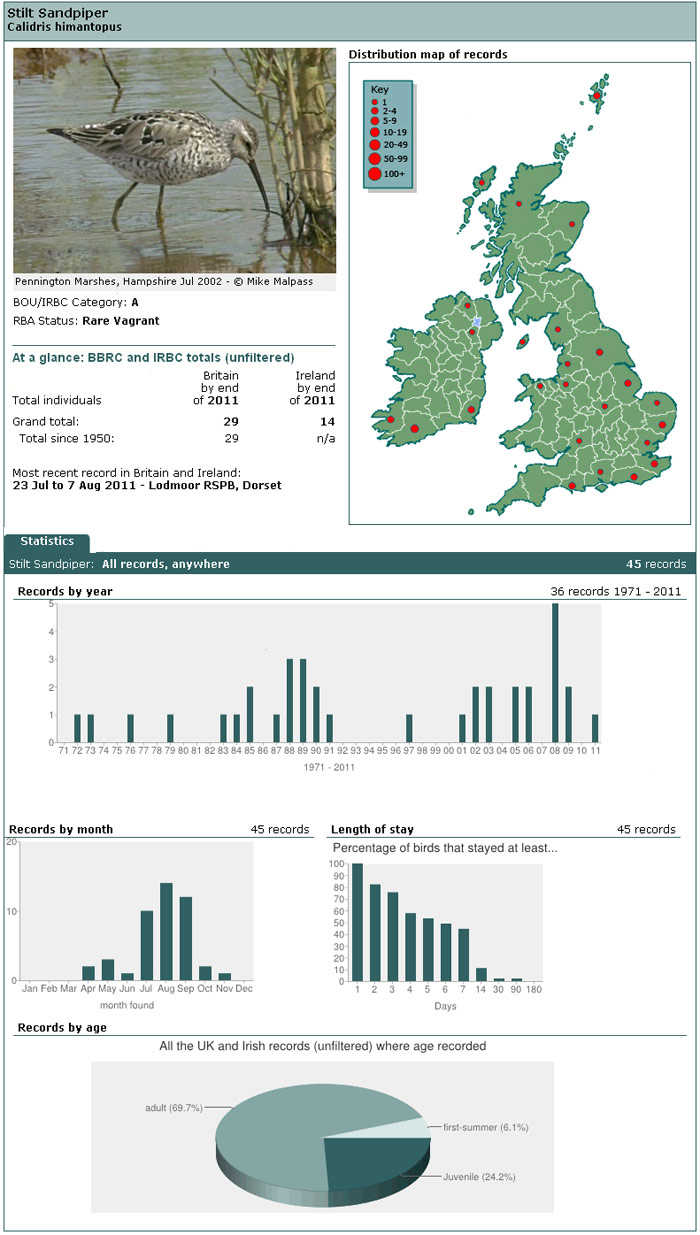

Over to County Clare now where the breezy conditions of 31st yielded a Barolo Little Shearwater off The Fodry, on the north side of Loop Head ~ the first in the county to be recorded away from Bridges of Ross, although it is pretty adjacent (in relative terms) to that famous seawatching spot….
Bridges has all nine accepted Clare records of this notoriously tricky listing species to its name ~ and all bar one have been in August, with records falling in the period between 16th - 31st. There has been one September BoRrecord, the county’s first, seen on September 30th 1991.
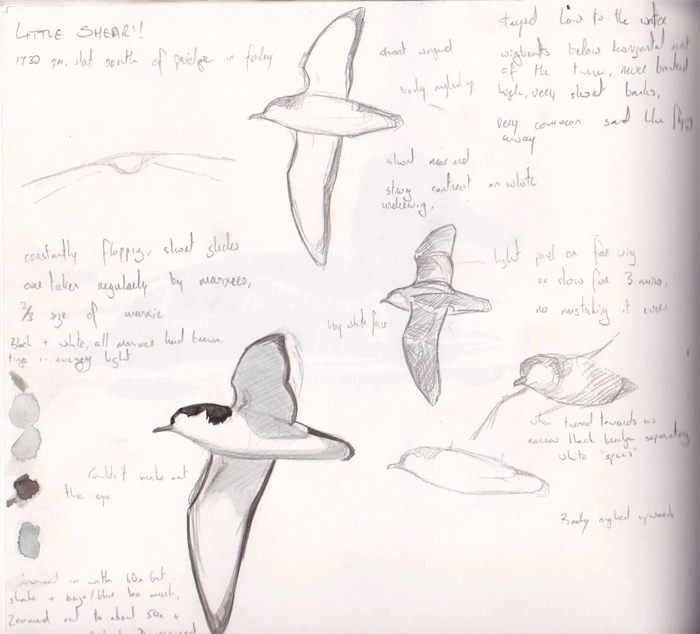
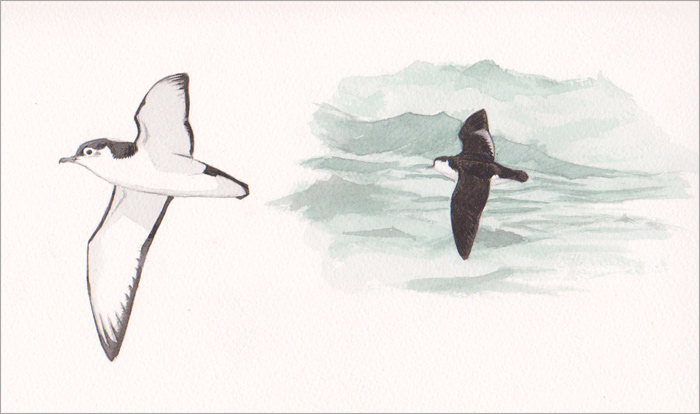
As with Fea’s Petrel, the summer of 2013 has been a pretty good one for Barolo Little Shearwater ~ this week’s bird is the fourth to be noted in the month, with others seen in Devon, at sea in the waters of County Cork and also from County Kerry.
There are 78 accepted records of Little Shearwater and, as has been mentioned here in the recent past, it now lags significantly behind Fea’s-type Petrel records ~ while August currently boasts 24 of those 78 acceptances.
Up on Shetland, a surprise overnight petrel ringing session on Fair Isle on 2nd/3rd produced a still-present Swinhoe’s Storm-petrel ~ this one is Bird #2 ~ originally trapped on August 7th and which then ended up in the nets again on 8th and (pretty much) nightly between 11th-17th.
This individual has now, comfortably, become the longest-staying British Swinhoe’s ~ in 1994, the Tynemouth bird was noted between July 11th-25th ~ the Fair Isle bird has clocked up just shy of a month around the island (which provides some fascinating food-for-thought for next summer).
Getting a nudge up this week’s running order is County Mayo’s adult Pied-billed Grebe that remained out on Achill Island, on Srhuillbeg Lough throughout the week.
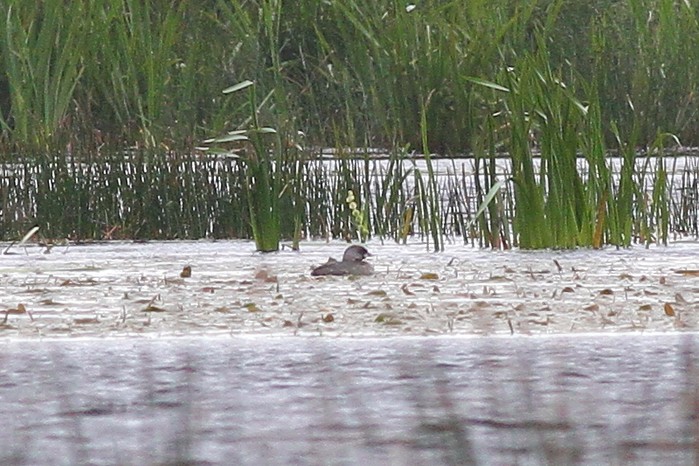
By the end of the weekend, the only double figure counts of Great Shearwaters came from locations well out of sight of the Irish mainland ~ 14 seen around 65 miles off Valentia Island and 29 a similar distance off Great Blasket Island (both sites within County Kerry waters) during the day of 31st.
The only land-based obs., of the species came with three from Bridges of Ross on 29th and a single off Annagh Head (Co. Mayo) the following day while earlier in the week, further at-sea birds included five off the Cork coast on 28th and eight more off Kerry on 30th. Odd ones and twos followed as the week drifted to a conclusion.
Cory’s Shearwaters were very hard to come by ~ two off Porthgwarra on 30th the only land-based records of the week (2 more were seen way off the Irish coast on 3rd). Balearic Shearwaters moved up through the English Channel in numbers on 31st, 382 were counted off Portland Bill before noon, with around 100 off Berry Head (Devon) and 76 from Selsey Bill (West Sussex) amongst the other notable totals recorded on the same day. Earlier in the week, at least 50 were seen off Porthgwarra on 29th while five North Sea coastal counties recorded low numbers through the week, single figures for Northumberland, Cleveland, East Yorkshire, Norfolk and Suffolk. A count of 30 from Berry Head (Devon) saw the week out on 3rd.

It wasn’t the busiest of weeks for Long-tailed Skuas, 33 birds recorded to close of play on 31st ~ the total of nine birds on 28th was enlivened by seven juveniles coming in and out at Sheringham (Norfolk) in the early morning. Four birds were noted on 29th, a dozen (including three off the Suffolk coast at Sizewell) were reported on 30th with eight birds countrywide on 31st. Two more singles followed in Suffolk on 1st and an adult was reported drifting close inshore past Titchwell RSPB (Norfolk) on 3rd).
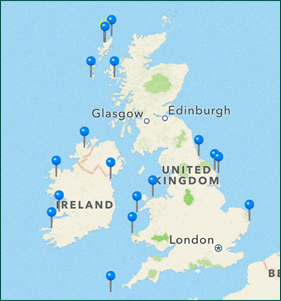
using our smartphone app BirdAlertPRO
Get a 10-day free trial here
Eighteen counties countrywide recorded Pomarine Skuas this week ~ six English, five Irish, four Scottish and three Welsh ~ with low numbers everywhere until 30th when 17 were seen from Mayo’s Kilcummin Head and Clare’s Bridges of Ross picked up 18.
The following day saw Kilcummin seawatchers register 25 birds, with Donegal scoring 19 off Aranmore Island, 14 at Melmore Head and seven at Bloody Foreland, while Kent’s Bockhill Farm birders logged five the same day.
As the autumn begins to draw on and loses the summer feel, Sabine’s Gull becomes something of a seawatching favourite and this week saw around 50 birds noted ~ with the majority of those appearing on a blowy 30th.
Kerry’s Deelick Point popped in a tasty 17 birds, with Bridges managing seven and a further four were noted from an evening Scilly pelagic. Up to three single were seen around the Outer Hebrides on 31st when another three were noted from Bridges of Ross. Elsewhere singles were noted in Pembrokeshire and Gwynedd across to Cleveland, North and East Yorkshire and Suffolk.
Seven Grey Phalaropes wasn’t the highest weekly total ever ~ singles were off Strumble Head (Pembrokeshire) on 28th and 31st with another off Bridges of Ross on the latter date, while on 30th both Bridges and Kilcummin Head bagged two each.
In South Yorkshire, at Old Moor RSPB, the first-summer Night Heron was still in place all week, while in Somerset the Glossy Ibis that appeared on the Levels last week (around Meare Heath) moved to Durleigh Reservoir on 29th where it stayed to 3rd. With no reports at all on the Marloes Mere bird it seems every more likely that it did move from west Wales to the southwest of England. Two Cattle Egrets were noted on 3rd ~ again at Elmley NNR (Kent) and Blithfield Reservoir (Staffordshire).
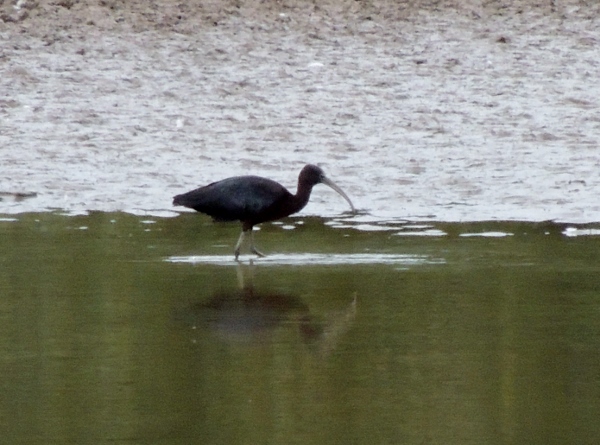
Staying in the southwest, staying in Somerset actually, the week’s highest count of Great White Egrets came from Shapwick Heath NNR on 29th and nearby Meare Heath on 1st ~ seven birds noted on both days while six were counted at Ham Wall RSPB on 28th. A further single was at Westhay Moor on 31st.
In Kent, two birds were seen at Dungeness from 28th when one was also noted on the Isle of Sheppey as well, and at least two Great Whites were seen around the Isle of Wight through the week. Another twosome were present at Minsmere RSPB (Suffolk) on 1st (rising to four on 3rd) with a single bird at Dingle Marshes RSPB on 2nd, while more singles in Cambridgeshire were at Wicken Fen NT on 1st and Fen Drayton RSPB on 2nd-3rd. The final birds of the week were inland at Newington (Nottinghamshire) on 31st with another reported in Oxfordshire, at Otmoor, on 3rd.
Suffolk hosted the largest gathering of Spoonbills this week ~ 17 counted at Havergate Island on 30th-31st. Norfolk’s coastal marshes still managed good numbers too, with 14 at Titchwell RSPB on 30th-31st and eight at Stiffkey Fen on 29th (with a single at Cley as well).
Away for East Anglia, five Spoonbills were again at Alkborough Flats (Lincolnshire), with singles at Frampton Marsh RSPB and Grainthorpe (both on 2nd), while in Dorset’s Poole Harbour seven were at Middlebere on 28th and nine were seen at Brownsea Island on 3rd. In Devon, one appeared at Bowling Green Marsh on 30th with singles lingering in South Yorkshire, Gwent and Carmarthenshire through much of the week.
In South Yorkshire, three Common Cranes were at Thorme Moors on 28th and the first-summer was still at Baltasound on Unst (Shetland) to 2nd. The same day also saw a single bird appear in Forth, at Doune.
This week has been a decent one for Spotted Crakes ~ nine birds noted over the past seven days. Two were at Grove Ferry (Kent) on 28th and 31st with one through to 1st at least. Further new singles arrived at Wyver Lane DWT, Belper (Derbyshire) on 29th where it stayed to 2nd, at Eyebrook Reservoir (Leicestershire) on 30th-3rd, Ynys-hir RSPB (Ceredigion) from 30th-2nd, at Dagenham Chase LNR on 31st and Ladywalk NR (Warwickshire) on 3rd. Lingering birds were still present at East Chevington NWT (Northumberland) and Netherfield Lagoons (Nottinghamshire) both to 3rd.
It has also been a tidy old week for migrant Corncrakes too. Shetland saw singles noted at Sandness, on Mainland and Fair Isle and Foula on 28th, with one at Channerwick, also on Mainland, on 31st with another one on Fair Isle on the same day.
Further to the south, east coast finds came at Waxham (Norfolk) on 29th, at Spurn (East Yorkshire) on 31st (two birds there), at Orford Ness (Suffolk) on 1st and Colne Point (Essex) on 2nd.
Autumn must be on the way as the first Lesser Scaup in around three months appeared this week at Pennington Flash CP (Greater Manchester) on 2nd. A new drake Ring-necked Duck was seen in Sligo, on Lough Gara on 30th while the same date saw another drake noted again on Lough Shivnagh, in County Donegal. The third of the week was the eclipse drake that remained in Lothian, still at Dunbar Quarry to 1st and the fourth, another eclipse drake, was at Bishop Middleham (Co. Durham) on 3rd.
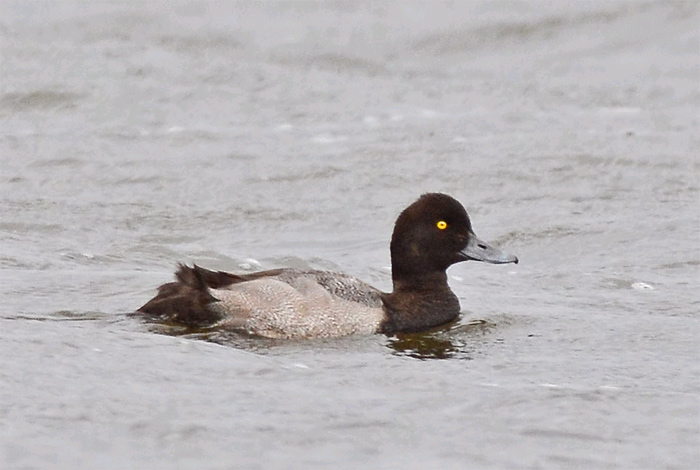
In Somerset, two Ferruginous Ducks were watched at Chew Valley Lake this week ~ a juvenile female was found on 28th and was still present on 30th, when the regular adult male was also still in place. Over in County Limerick, at Coonagh, a drake Blue-winged Teal was found on 3rd, only the third record for the county, following a one day bird at the same site in October 2010 with Limerick’s first shot on the Shannon River in November 1932.
Two Surf Scoters (a drake and a duck) were off Blackdog (Aberdeenshire) through to 1st at least this week, while in the Sound of Taransay, Harris (Outer Hebrides) a drake was noted on 28th. Over on the Irish west coast, a first-summer drake Surfiewas off Mannin Beg Strand, Ballyconneely (Co. Galway) on 2nd.
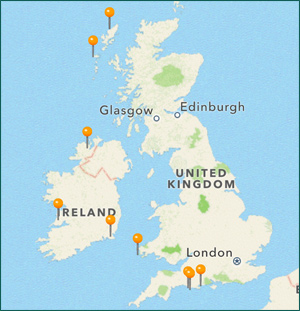
28 Aug - 03 Sep. Map generated using our smartphone
app BirdAlertPRO Get a 10-day free trial here
Considering that we’ve only just rolled over from “summer” (August) to “autumn” (September) the haul of some 13 Semipalmated Sandpipers this week is bordering on the spectacular.
Perhaps it comes as no surprise whatsoever nowadays to see Tacumshin again at the forefront of the wave of arrivals ~ after last week’s early-ish juvenile, a further five birds popped up in Wexford this week. An adult was noted during the afternoon of 30th, with three found by dusk. A fourth adult arrived the following day and the fifth of the week, a new juvenile, was found on 1st.
Elsewhere in Ireland, three more Semi-P’s were found ~ singles in County Clare were seen at Shannon Airport Lagoons on 30th and on Aughinish Island on 1st while in the northwest, in Donegal, another was at Bloody Foreland on 31st.
On the Outer Hebrides, two juveniles were found this week, at Loch Ordais, on Lewis, on 30th (remaining to 2nd) and at Loch Paible, on North Uist, on 1st (also remaining to 2nd) while England’s only birds were found in Dorset.
The first of the (up to three) birds was noted at the Swannery at Abbotsbury on 1st and, as it turned out, one (a juvenile) had also been seen at the other end of the Fleet, around Ferrybridge on the same day (being reidentified from photographs), so they may well have been one-in-the-same.
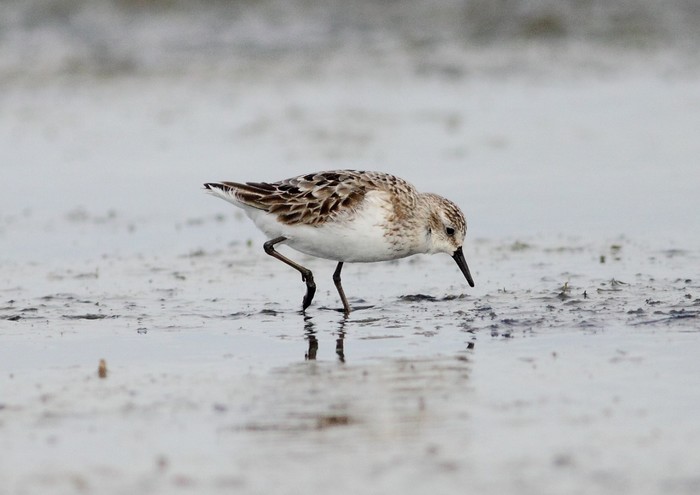
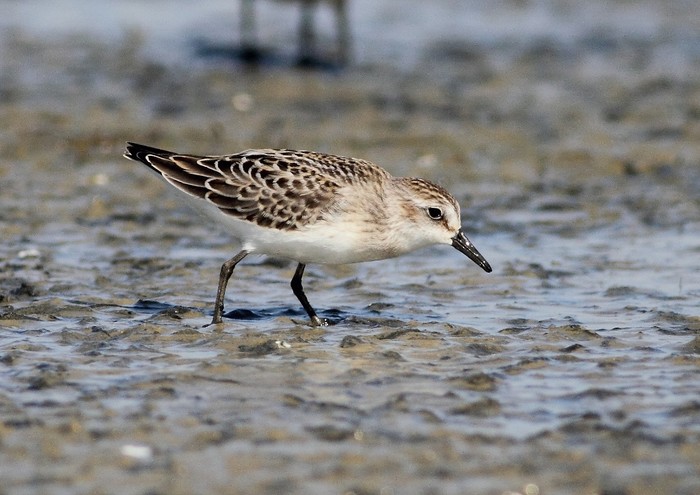
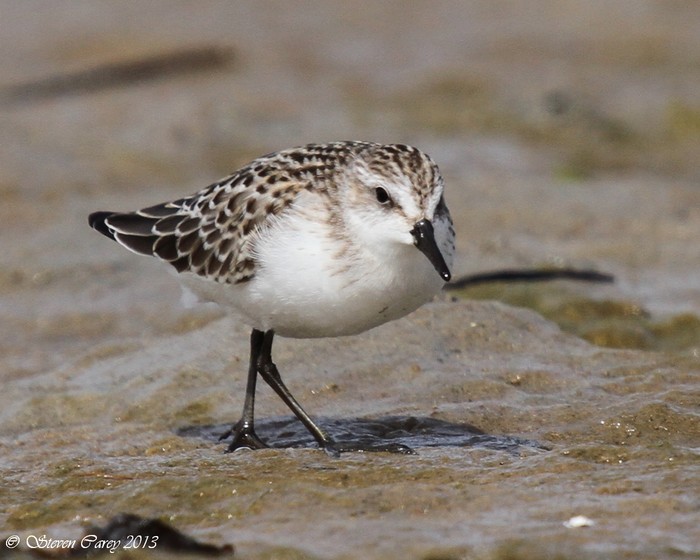
Then came the remarkable finding of a juvenile on Brownsea Island on 2nd ~ remarkable in that it was found via a webcam! After a little debate as to what it was, the bird was seen in life and ~ yep ~ it was indeed a Semipalmated Sandpiper. Kudos to the eyes that picked that up, but quite how it’ll look on the BBRC form is a bit of a curio (though they’ll have seen weirder things maybe)….
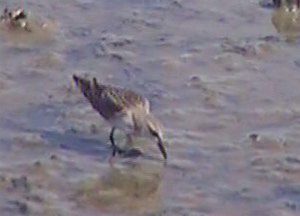
of Poole Harbour webcam (© Birds of Poole Harbour)
On Monday 2nd of September 2013, Paul Morton of the ‘Birds of Poole Harbour’ education charity was on the phone to Nick Hopper, co-author of the Sound Approach title ‘Catching the Bug’, discussing the capabilities of the ‘BoPH’ webcam when, on his computer monitor, Paul noticed a small wader barge it’s way past two Curlew Sandpiper on the webcam it’s self. He quickly got Nick to log onto the website to take a look at what seemed like a small, pale stint of sorts. Nick agreed the bird looked ‘interesting’ but due to the slightly blurred nature of the webcam defined features were difficult to pick out. Paul followed the bird on the camera for around half an hour taking a number of screen grabs, showing the bird in various lights and postures.
The screen shots of the bird were sent to Killian Mullarney who, despite the poor quality of the images, advised we get to the bird ASAP as it looked good for a Semipalmated Sandpiper.
By this time birders who were already on the island made their way over to the bird and started to work through the features for Semi-P. Another small group of birders arrived on Brownsea at 4pm and luckily the bird was showing at around 15m away, giving everyone some great views. After more photos were taken, and more conversations between Mark Constantine and Killian, the bird was confirmed as Poole Harbour’s Semi-P.
On Tuesday 3rd of September the bird re-appeared in the same spot, giving superb views on the webcam making this the first ever online twitch!
Paul Morton - www.birdsofpooleharbour.co.uk
The “webcam bird” did indeed remain throughout final day of the review period and will eventually join a list of four accepted county records to date. Dorset’s first two Semi-P’s were both seen at Sutton Bingham Reservoir (on the border with Somerset) in October 1973 and October 1982 (the former actually accepted as either a Semipalmated or Western Sandpiper) with further records coming in 1989 (on the Fleet), 2002 (at Ferrybridge) and in 2010 (at Lodmoor).
The final bird of the week, another adult, was found on Pembrokeshire’s Gann Estuary on 3rd ~ becoming only the third county record following on from one in the same spot for a fortnight in October 2007 and a trapped adult that spent two days on Skokholm in July 1964.
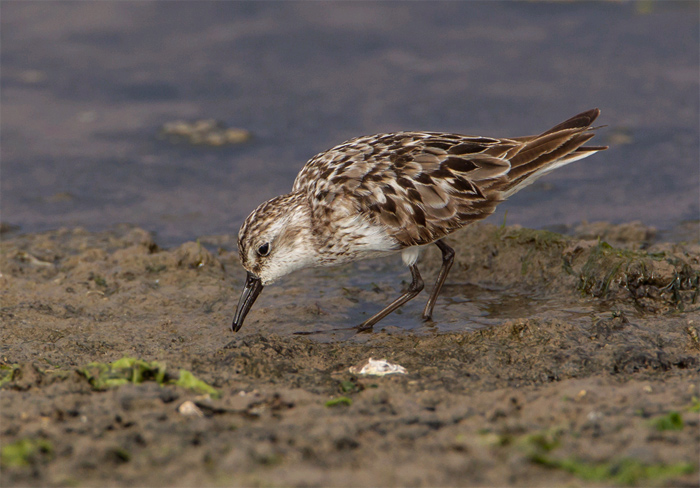
Such a strong early start to the autumn for the species suggests we could be on for another outstanding tally over the course of the next couple of months. The spectacular autumn of 2011 produced 63 records (of 78 birds) from the end of July to the end of October with Ireland inparticular scoring very heavily.
At Tacumshin, six birds (five juveniles and an adult) spent a month on site from the end of September 2011 (so the five this week don’t quite sneak in to the record books) but, interestingly, in the same period of the autumn (from 21st August to 3rd September) the flush of Semipalmated Sandpiper in 2011 was just five, compared to the minimum of 13 recorded over the same span of time in 2013.
If we get a “westerly autumn” we could be on for a record-breaking number of these, still-teasing, little peeps which is currently just shy of 300 accepted records, since the first was found at Cley in July 1953.
Up to three new Baird’s Sandpipers were found this week ~ an adult was at Tacumshin on 30th and was followed by a report of one at Holm (Orkney) on 31st and another at Levington Creek (Suffolk) for a while on 2nd ~ if accepted it will become the ninth record for the county, three of which have been seen in the past nine years (the others coming in 1990 ~ two birds that year ~ 1977, 1967 and 1965).
Along with the new Semipalmated and Baird’s Sandpipers this week, there’s been a little influx of White-rumped Sandpipers too ~ beginning with two birds at Blanket Nook, Lough Swilly (Co. Donegal) on 29th and followed by single birds at Havergate Island (Suffolk) on 31st and on 2nd, birds at Keyhaven Marsh (Hampshire), East Chevington (Northumberland), on Foula (Shetland) and the Swords Estuary (Co. Dublin) to make seven in all. Number eight popped up in Kerry on 3rd, a juvenile found at Blennerville.

Further fresh Transatlantic arrivals included a new juvenile Wilson’s Phalarope at Belfast Lough RSPB (Co. Antrim) for three days from 28th while new American Golden Plovers (all adults) were found at Tacumshin on 30th-31st and on Benbecula (Outer Hebrides) and North Ronaldsay (Orkney), both on 3rd. A second adult was seen on South Uist, at Loch Bornish on the same day ~ and may be a different individual to the one seen on the same island last week. The adult on Annagh Head (Co. Mayo) could also be different~ one was seen there on 20th but not again, so it seems probable that this too was new. Next on the front-line of American newbies comes the week’s only Buff-breasted Sandpipers both on the Outer Hebrides on 3rd ~ at Northton on south Harris and Baleshare on North Uist.
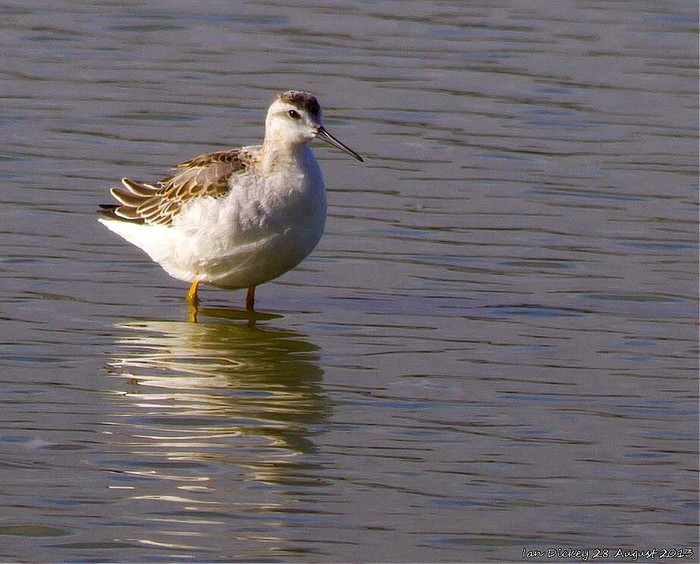
Cornwall hosted the next new Nearctic arrival in the form of a Lesser Yellowlegs at Walmsley Sanctuary on 3rd while in Wales, the lingering Lesser Yellowlegs remained at the National Wetlands Centre WWT (Carmarthenshire) through to 2nd at least ~ just four days shy of two months on site.
Thirteen of the week’s 14 Pectoral Sandpipers were new arrivals ~ the only loitering bird from last week was at Saltholme Pools (Cleveland). On 28th, singles were found at Idle Valley NR (Nottinghamshire) and Dawlish Warren (Devon) with two on 29th, on North Ronaldsay (Orkney) and Loch Crinan (Argyll). Just one was found on 30th, on the Great Pool on Tresco, with another lone bird appearing on 31st, this one on Grindon Lough (Northumberland).

September 1st saw one each for Tacumshin and The Cull (Co. Wexford) with Dungeness, Freiston Shore RSPB and Foula scoring on 2nd and the week concluded with one on the west side of Scotland, on Frankfield Loch (Clyde) with another at Scatness, Mainland (Shetland).
The juvenile Temminck’s Stint at Hatfield Moors (South Yorkshire) was last seen on 28th and the solitary other was noted again at Oare Marshes KWT (Kent) on 31st. Dotterels were, again, thin on the ground ~ a juvenile was on the Great Orme (Conwy) from 28th-1st and was followed by one on Merseyside, at Oglet, on 30th, one again at Tennyson Down (Isle of Wight) on 2nd (having first been noted on 26th) and two birds at Saltdean (East Sussex) from 1st-2nd.
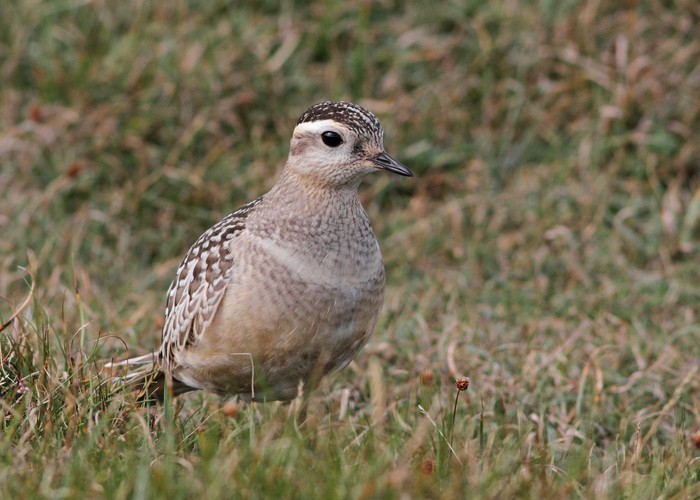
The juvenile White-winged Black Tern remained at Cruisetown Strand (Co. Louth) to 29th ~ it has been a very quiet early autumn so far for this typical end of August visitor.
In a quiet week for gulls and terns, there wasn’t much else to report ~ the adult Bonaparte’s Gull remained at Heysham (Lancashire) until 1st, with an adult then arriving at Portmore Lough RSPB (Co. Antrim) on 3rd ~ as the gulls fly, it really isn’t a long way from the coast of northwest England to the coast of the northeast of Ireland….
The first-summer Ring-billed Gull was still at Blennerville for much of the week and last week’s adult on Tiree, at Traigh Ghrianal, was still around on 28th before appearing at Loch a’Phuill on 30th. In Scotland, the returning adult appeared again at Kinneil Lagoon (Forth) on 31st.
A little late news to deal with first of all ~ a beautiful juvenile Pallid Harrier was photographed in the far northwest of the Highlands, at Cape Wrath, near Sandwood Bay on 25th. The photos were posted online ~ thought to be a Hen Harrier ~ but were soon re-identified as the more thrilling rarer visitor.
There have been seven August records of juvenile Pallid Harrier prior to this particular bird ~ one was found on Mainland Shetland on August 23rd 2007 and then, in the incredible autumn of 2011, six birds-of-the-year were found in August, the earliest being one on Fair Isle from 12th-15th and it was followed by three more on Shetland (on Noss and Bressay, Unst and Mainland) with further single juveniles on Scilly and in Wexford.
A ringtail Montagu’s Harriers flew through Hatfield Moors (South Yorkshire) on 29th and was one of just two noted over the last seven days, the other being a male at Keyhaven Marshes (Hampshire) on 31st.
Sixteen migrant Honey Buzzards appeared on the pager this week ~ including up to seven in Kent (three of them reported from Margate), while Surrey scored two and singles were noted in Dorset, Hampshire, West and East Sussex, Suffolk, Norfolk and North Yorkshire. In Nottinghamshire, three birds remained on view from the Welbeck Raptor Watchpoint to 29th at least.
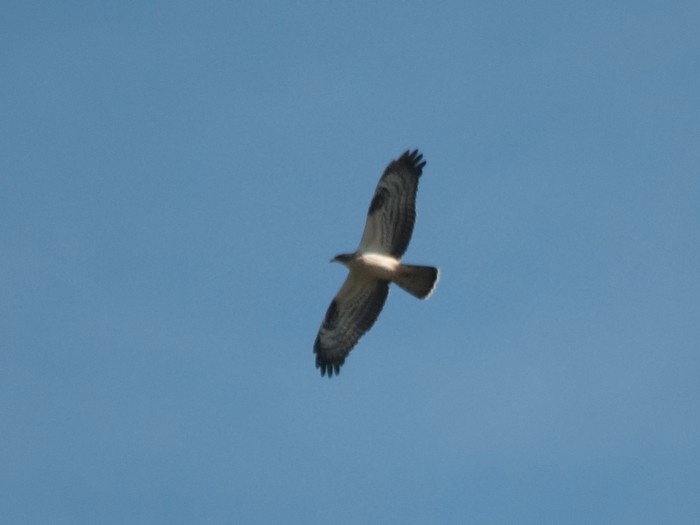
There were a couple of very unseasonal reports of Rough-legged Buzzards this week ~ three were claimed amongst a bunch of Common cousins near Holt (Norfolk) on 28th and a single was reported from the Highlands, near Tarbet Ness, on 29th.
On Donegal’s Arranmore Island, the male Snowy Owl was still present from 28th-31st at least.
Last week’s marvellous fall of a wide and varied selection of Fall favourites and one of the species to feature heavily was Booted Warbler.
Seven or eight birds arrived last week (there remains some debate about the identity of the Climping Beach individual, a case is still being made for Sykes’s Warbler), and the past seven days saw a further three make landfall ~ all of them on Shetland.
First up were singles on Whalsay and on Out Skerries, both on 28th and these two were followed by another on Mainland, at Easter Skeld on 31st. Shetland’s first bird of the autumn, the one found on Fair Isle last week, remained until 29th ~ the total for the year now nudges along to a minimum of 10 (not including the Climping bird). That 1993 record of 13 individuals looks set to be beaten, and beaten well, 20 years on...

A dozen Citrine Wagtails were also in the melting pot last week and this week, although new arrivals dried up significantly, there were still a few to add on to the increasing tally for the year so far.
Seven more new arrivals were added to the list this week ~ on 28th, single first-winter were found in Norfolk commuting between Kelling Water Meadows and Weybourne Camp and, further along the north coast, at Burnham Overy Dunes. Shetland popped up with a further three new singles ~ on 29th, on Mainland at the Virkie willows and on 31st at Melby Loch (also Mainland) and Fair Isle too. Dorset’s third-ever Citrine Wagtail was seen briefly at Abbotsbury on 29th ~ the only other records coming in May 2006 (at Lodmoor) and the mentioned-last-week duo at Stanpit in October 1966.
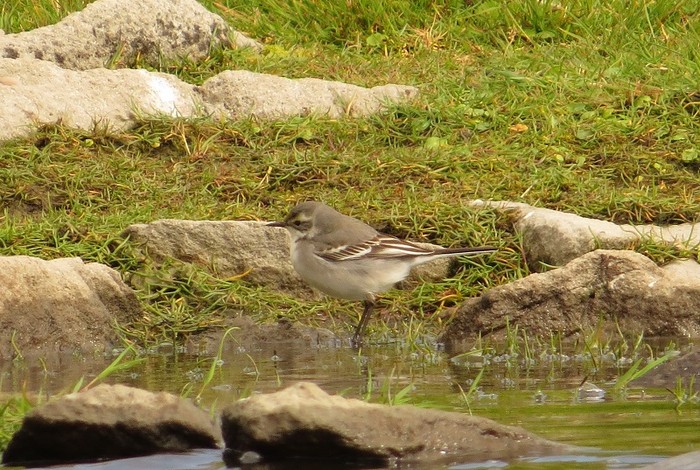

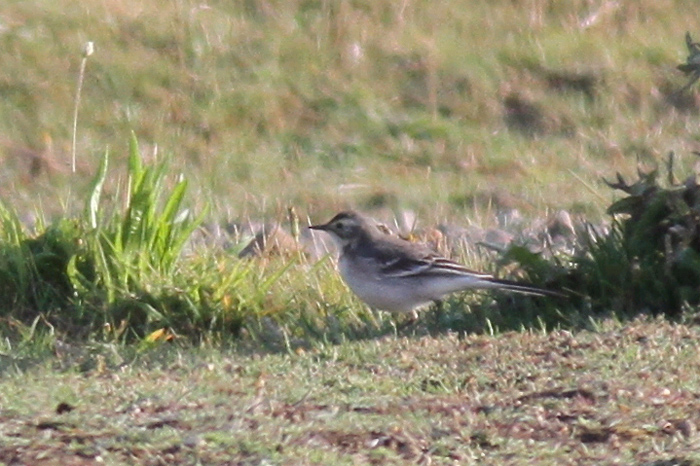
The most interesting of all the birds found this week was the adult female on Lower Moors, St. Mary’s (Scilly) from 28th-31st ~ out of 53 accepted August records to date, just two were adults (one was on Shetland in August 2004, the other was in Suffolk in August 2008).
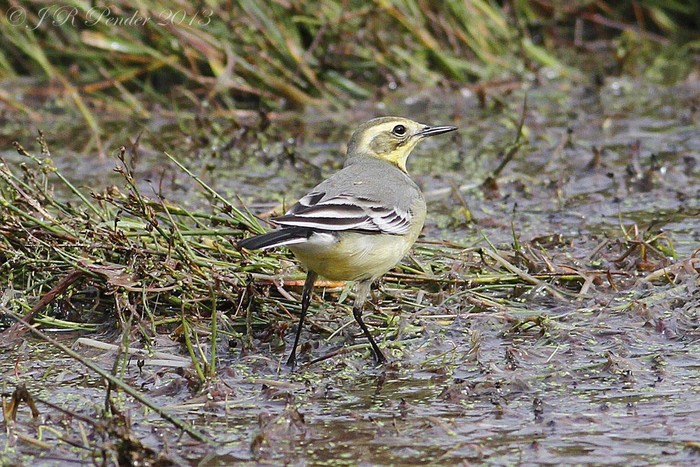
Staying on Scilly, and moving over to Tresco, the two first-winter Citrines remained in place to 31st while on Shetland, the bird found on Fair Isle remained to 1st and on the single on North Ronaldsay stayed there for the week.
Greenish Warblers ended last week on a whopping 36 birds and, like the previous two species, there were more along this week to top up the total.
In Durham, at Whitburn, one was found on 28th (with two mentioned for the middle of the morning ~ the Arctic Warbler was still in the area 28th too) and these were followed by a new, unringed bird on the Farnes on the same day and also two Greenish Warblers in Scarborough (North Yorkshire) ~ where one had been seen at the end of the previous review period. What may have been the sixth bird of the week arrived on Unst (taking the total past the 40 mark within less than 10 days). Lingering around the place were singles on Shetland at Ouendale and on Foula and Out Skerries, while the bird on North Ronaldsay stayed around until 29th at least.
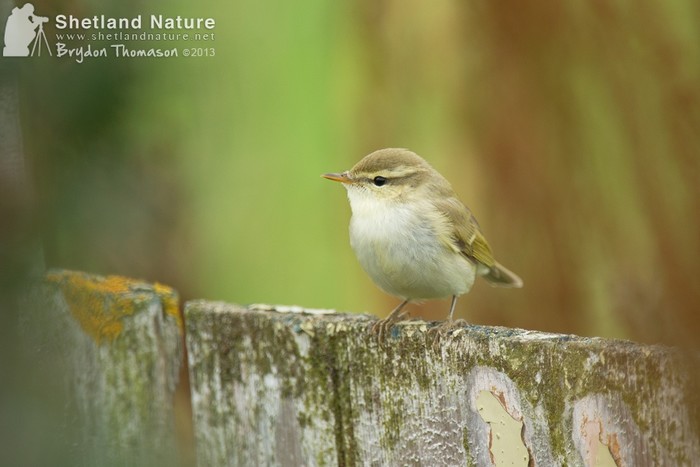
Moving on to other species that featured heavily a week ago and our first stop is Icterine Warbler.
At least four new individuals were noted this week ~ two of them at Portland (on 28th and 3rd) ~ with singles at Donna Nook (Lincolnshire), also on 3rd, while probable new arrivals on Shetland were on Whalsay on 29th and Fair Isle from 31st.
A further five remained from last week ~ two on Shetland, two in East Yorkshire and one in Norfolk.
Next up ~ Wryneck. This was a particular favourite for many last week and the past few days has seen the expected south and westward push of birds ~ with several singles appearing inland through the week too as others pushed right the way through the country to the west coast.
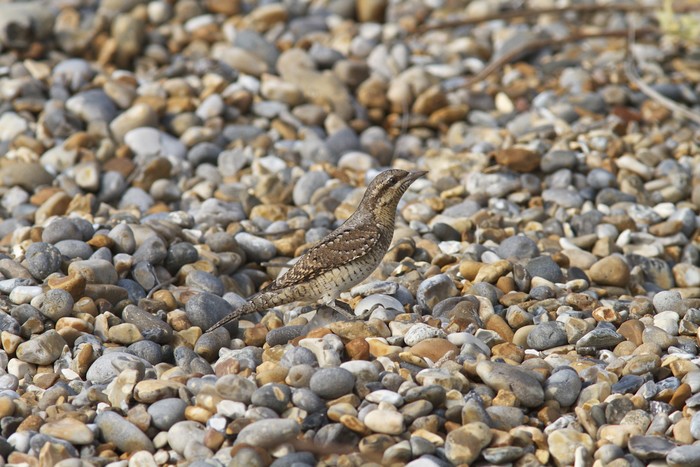
There were at least 88 recorded from August 28th-September 3rd, with the southeast of England faring best ~ 36 birds spread across 10 counties, including 11 in Kent, seven in Essex, five in London (including two at King George V Reservoir on 28th), three on the Isle of Wight and Buckinghamshire, two in Oxfordshire and one in Buckinghamshire. The Westcountry and southwest came in second with 21 birds, seven of them in Dorset and five more in Cornwall (with Scilly, Devon, Somerset and Gloucestershire all registering two or three) and in the northeast of England, at least nine were noted around Spurn, including three on 1st and at least two were around Lincolnshire’s Frampton Marsh RSPB.
Elsewhere came seven for Norfolk and three for Suffolk and five were found across Wales (including two in Pembrokeshire) while an inland single in Leicestershire, at Barkestone-le-Vale on 30th, was also of note (with another reported in Nottinghamshire too) ~ as were the two birds in northwest England, found at Mossley (Greater Manchester) on 30th and at Torver (Cumbria) on 31st. Scotland managed just one...
Shetland hosted at least four Barred Warblers this week, on Mainland at Bousta on 28th and Quendale from 29th, with singles on Foula and Out Skerries on 29th. At least two, perhaps up to four, different birds were recorded around the Spurn area between 28th-31st, with two for Orkney as well ~ on North Ronaldsay and at Frith, Mainland. Further records came from County Durham, Cleveland and Kent on 28th (at Whitburn, South Gare and Northward Hill respectively) and Aberdeenshire and Suffolk (Girdle Ness and Landguard) on 29th.
Following on from the 38 Red-backed Shrikes a week ago, 28 were noted in the past seven days. Maybe as many as six were seen at Spurn, while Essex and Norfolk both registered three. Five birds were on Shetland and Orkney, while Kent had two and singles were spread from Cornwall, Devon and Somerset through to Durham.
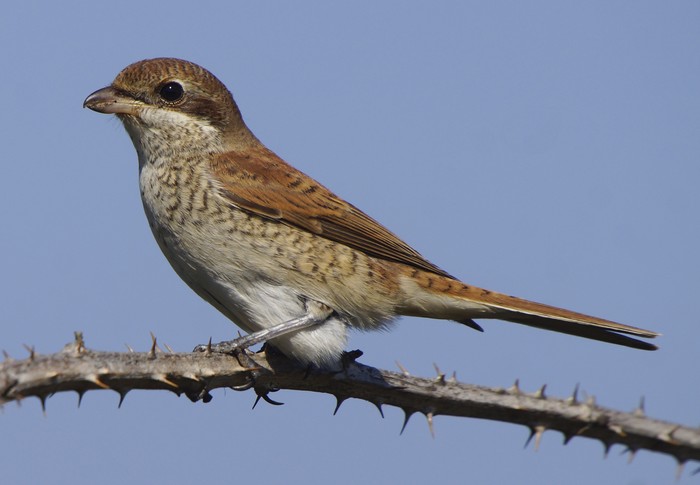
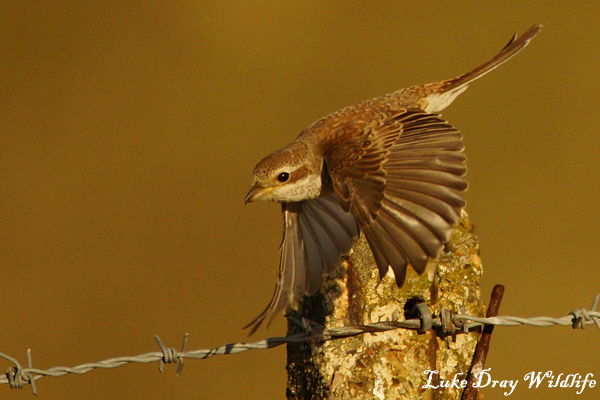
Two single Ortolan Buntings were found in Dorset, both on 28th at Langton Herring and Portland, while the Short-toed Larks on Shipman Head, Bryher and Gibraltar Point NNR in Lincolnshire stayed put until 31st and 1st.
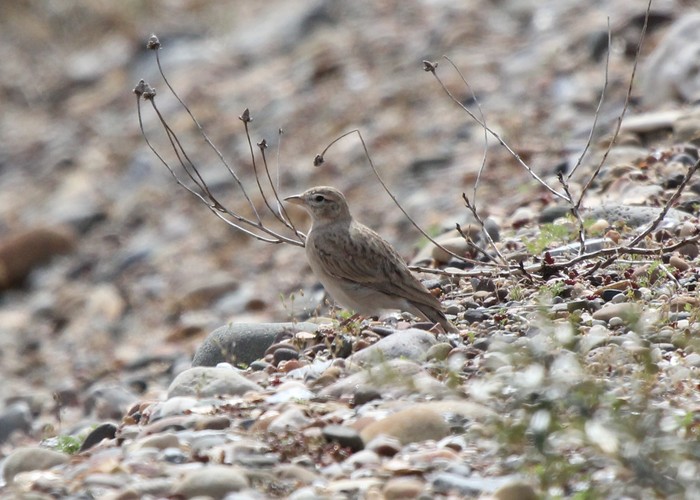
A Red-breasted Flycatcher was found in gardens on Flamborough Head (East Yorkshire) on 29th (when one of last week’s birds was last seen at Spurn) and the 1st of the new month saw another arrive on Tresco and on 2nd the fourth of the week made landfall at Mizen Head (Co. Cork).
On Fair Isle, the male Western Subalpine Warbler lingered for another week, while the Thrush Nightingale found last week remained until 30th.
Also on Shetland, a single Marsh Warbler was still on Foula on 28th while the week’s two Melodious Warblerwere recorded on 3rd; one was off the northwest coast of Wales, on Bardsey Island (Gwynedd) and the other was on the west coast of Ireland, at Three Castles Head (Co. Cork).
All of the dozen or so Common Rosefinches noted were split between Shetland and Orkney ~ with seven on the former on 28th alone, including two at Pool of Virkie and two more at Skaw on Whalsay out of a weekly tally of nine (or possibly ten) for the islands as a whole.
It has been a pretty poor year for Tawny Pipits so far, so news of one at Bembridge Down (Isle of Wight) on 3rd was definitely of interest ~ just two have been reported so far this year, both in May, one in East Yorkshire and one on Orkney.
In Kent, a Hoopoe spent 29th around Hersden, while a new juvenile Rose-coloured Starling proved a popular draw to the Horsey area of east Norfolk from 28th-3rd, the latter date seeing another arrive on St. Agnes (Scilly).
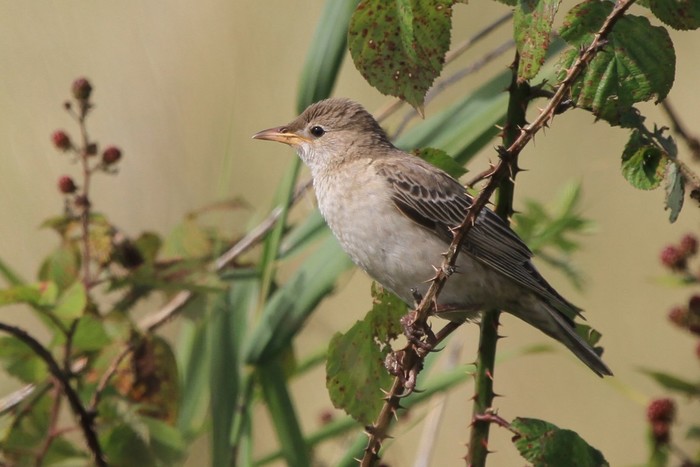
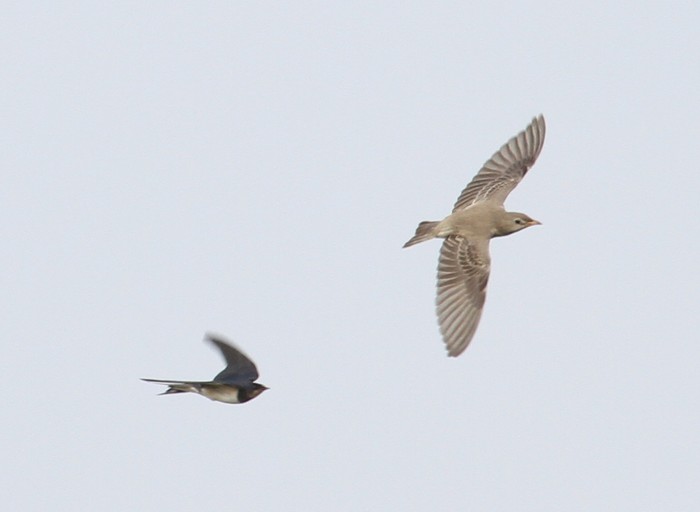
Finally this week comes Two-barred Crossbill. The week started with two adult females and two juveniles at Broomhead Reservoir, with six (two adult males, three females and a juvenile) in situ on 1st and a single male there on 2nd. Down in Norfolk, a juvenile remained at Lynford Arboretum until 2nd.
So, we’re entering the whole West v East scenario from here on in ~ the next couple of months’ action dictated by which way the wind wants to blow....
There’s been lots of historical bits to go at in the week that we head towards ~ the earliest Lanceolated Warblers for instance (half a dozen have appeared between September 4th-10th) or maybe there could be a repeat of the Buckton Brown Flycatcher of September 5th 2010.
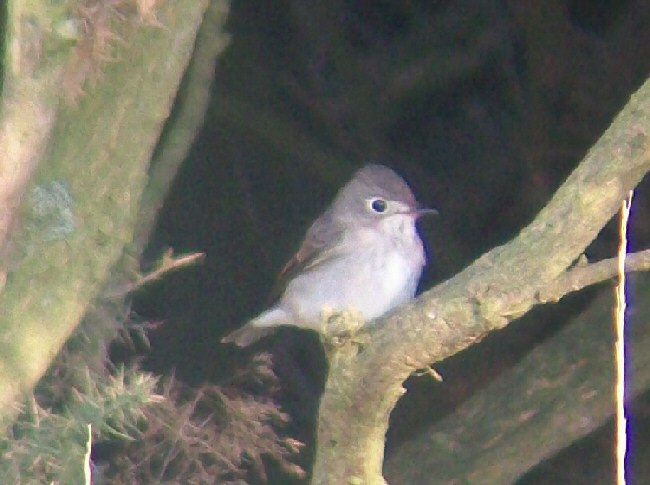
That particular date is a pretty strong one ~ Britain’s first (and only) Purple Martin rocked up on the Butt of Lewis on that date in 2004 and a Tennessee Warbler was found on Mainland Orkney, at Holm, in 1982. Britain’s first Tennessee was found on September 6th 1975 on Fair Isle (with the second following two weeks later) ~ our most recent to date was at Hirta, on St. Kilda in September 1995.
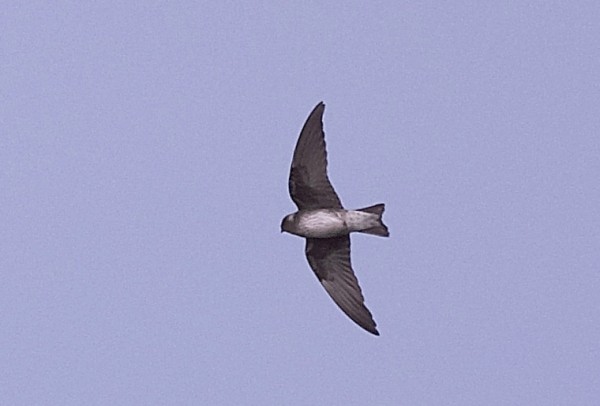
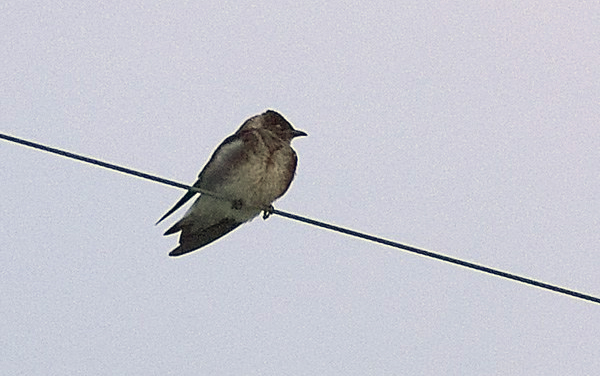
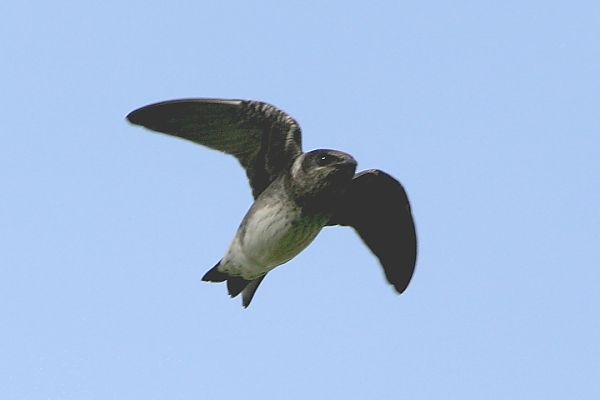
...and, in a flawless effort to bring that whole symmetry thing to a suitable conclusion, arguably the most eye-catching bird of the period came three years before that Tennessee Warbler at Hirta ~ the very same spot accounting for Britain’s second-ever Hooded Warbler…
The weather doesn’t seem likely to produce either of those highly-prized American wood-warblers, but in such a crazy year, goodness knows what may come along our way.
Mark Golley
04 September 2013
